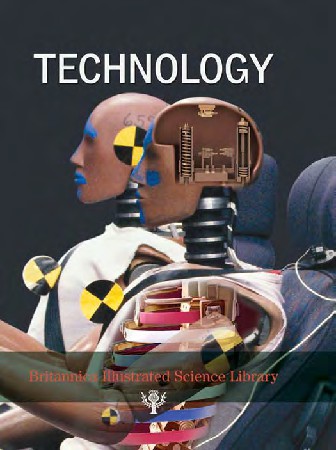Book Details

Technology
Many animal species use tools, and some,
such as crows and apes, can even create
them. But only our species has taken this
ability to such an extreme that it can be said that
we maintain an evolutionary symbiosis with these
tools. In other words, our ability to develop
complex tools increased our intelligence, allowing
us to manufacture even more complex tools. This,
in turn, launched a new phase in this cycle, and
after several million years it finally led to the
modern human, who continues to develop tools
that will likely continue to transform the species.
Of course, this history has not always followed a
linear path. In the 9,000 years since humans
discovered agriculture and cattle farming, many
inventions were discovered many times and
forgotten nearly as many times. Today we are
surprised to learn that the Romans knew about
concrete and that they had taxis and hamburger
stands or that the Greeks developed the basic
principles of the locomotive and the steam engine
(although, oddly enough, they never combined the
two to invent the railroad). We have developed
the most absurd theories to explain the
construction of the pyramids in Egypt or the moai
of Easter Island. This winding history, with steps
forward and steps backward, can be explained
thus: technical inventions are a specific response
to the specific needs of a given human group, and
when these needs or the people who needed to
meet those needs disappear or change, the
inventions associated with them also disappear or
change.
Author: Britannica
Pages: 56
Issue By: Britannica
Published: 2 years ago
Likes: 0


